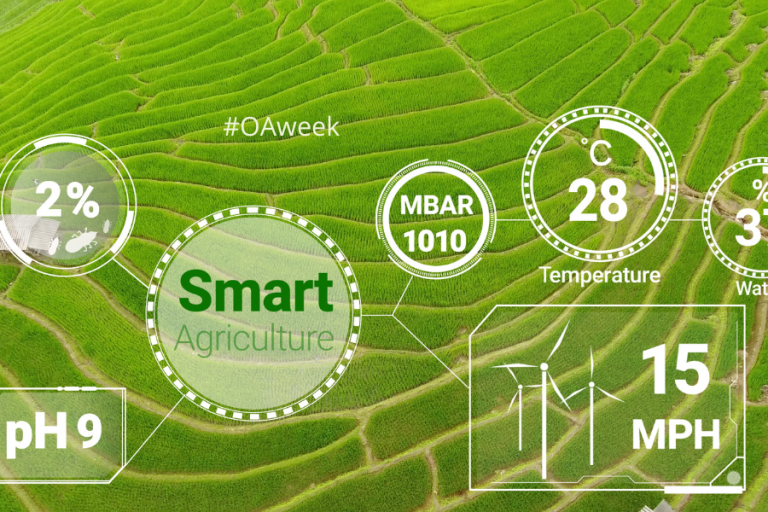The documentation of the data is a key part of the FAIR principles, which emphasise the findability, accessibility, interoperability and reusability of the data. Thanks to the documentation, you understand and remember what your data is about, and potential other users can also get the hang of the data. For example, the Academy of Finland requires that the data must be managed in accordance with FAIR principles and that at the very least metadata must be opened in a national or international search service.
The title of this text could also be ‘write down what you have done with your data’, because that is what this everyday documentation work is all about in practice.Different disciplines, research groups and individual researchers have different documentation practices for different kinds of datasets. In the data management plan, it is appropriate to indicate what kind of document you are using in describing the data, whether it is, for example, a README file, an Excel table, a code book or a laboratory notebook. You should also outline the content of the documentation: what basic information you write down yourself and if metadata is automatically produced by any research instruments in use. The style of description is free. Mention if you are using any metadata standard in your field. Keeping the data in order is part of the data management. Use this section of your plan to sketch ideas about the folder structure, file naming conventions, and version control.
Discuss metadata publishing in the DMP’s section which is dedicated to outline opening the data after research project.
Instructions on how to write a data management plan can be found at DMPTuuli and you can ask more detailed advice at researchdata@tuni.fi. Instructions for data management can also be found in our guide.




